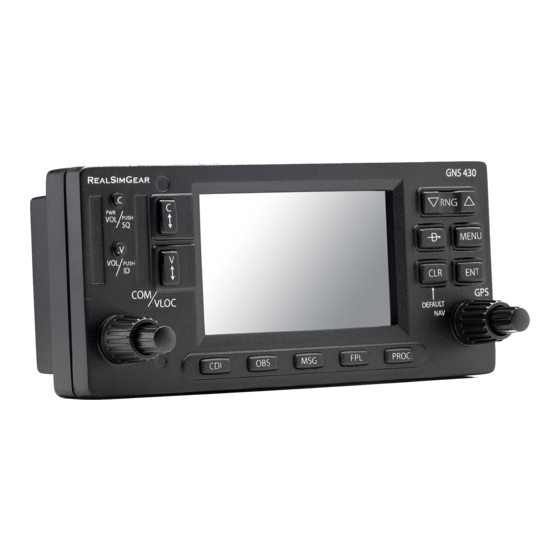- ページ 8
アビオニクス・ディスプレイ Garmin GNS 430のPDF パイロット・マニュアル補遺をオンラインで閲覧またはダウンロードできます。Garmin GNS 430 27 ページ。 Friendlypanels gps for microsoft fs9 & fsx
Garmin GNS 430 にも: パイロット・マニュアル (22 ページ), 取扱説明書 (6 ページ), パイロット・マニュアル補遺 (4 ページ), クイック・リファレンス (23 ページ), パイロット・マニュアル補遺 (22 ページ), 仕様 (2 ページ), パイロット・オペレーション・ハンドブック (10 ページ), クイック・リファレンス (17 ページ), 取扱説明書 (27 ページ)

